This is 150W 12V DC to 230V 50 Hz AC conveter designed to be used in car. It failed few days ago when powering a laptop.
Let’s take a look what is inside.
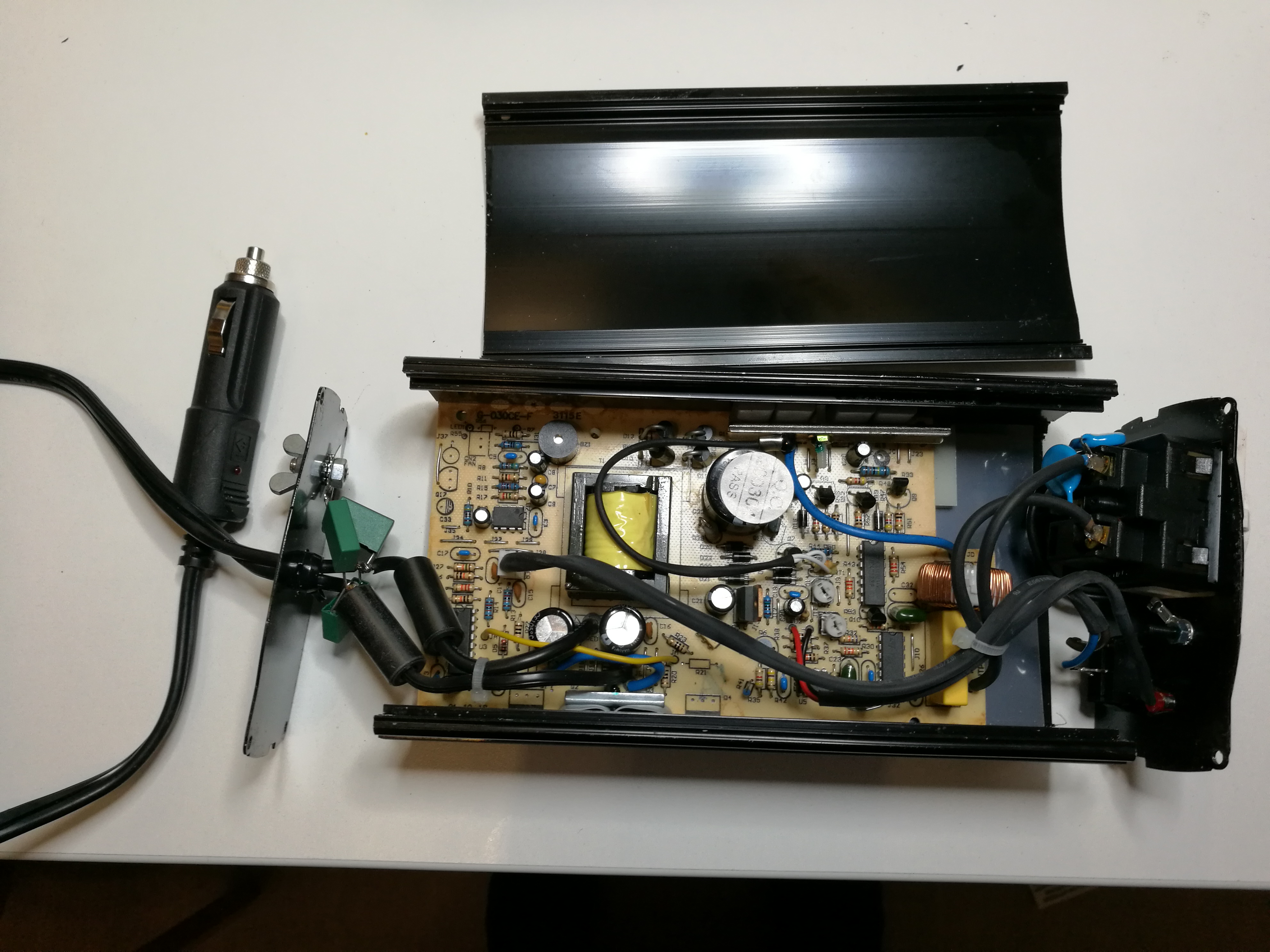
Closer look. Here is DC power input filtering.. looks as quite ugly late add-on to design..
More circuit board details.
On the top left is protection circuit (undervoltage) with alarm buzzer.
Big transformer on center is for switch mode power supply that converts 12V DC to higher voltage DC (around 300V or so). The circuit on bottom left is low voltage side (transistors and 3525 control IC).
High voltage output filtering capacitor is on right side of transformer.
Top right has output driving transistors (H-bridge). Output control logic consists of classic 556 dual timer IC and CD 4013.
Mains ouput has some filtring capacitors.
What was broken? I don’t know. It burns fuse if connected to car. Most propably short circuit on low or high voltage side. Maybe not worth of throuble to fix this over 10 years old device as new with similar specifications are available for 30 Euros or so at local sources (and maybe cheaper from China).
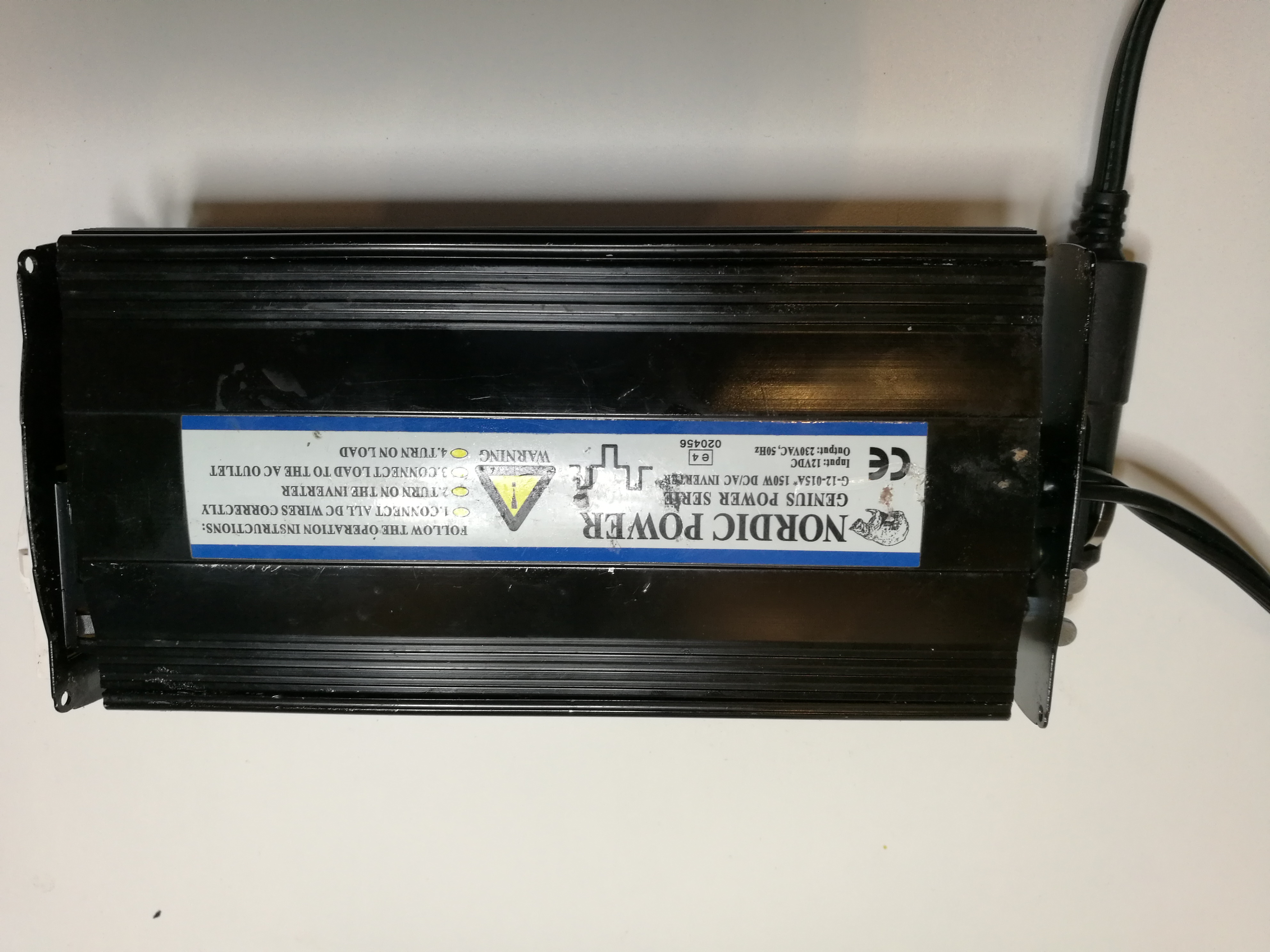
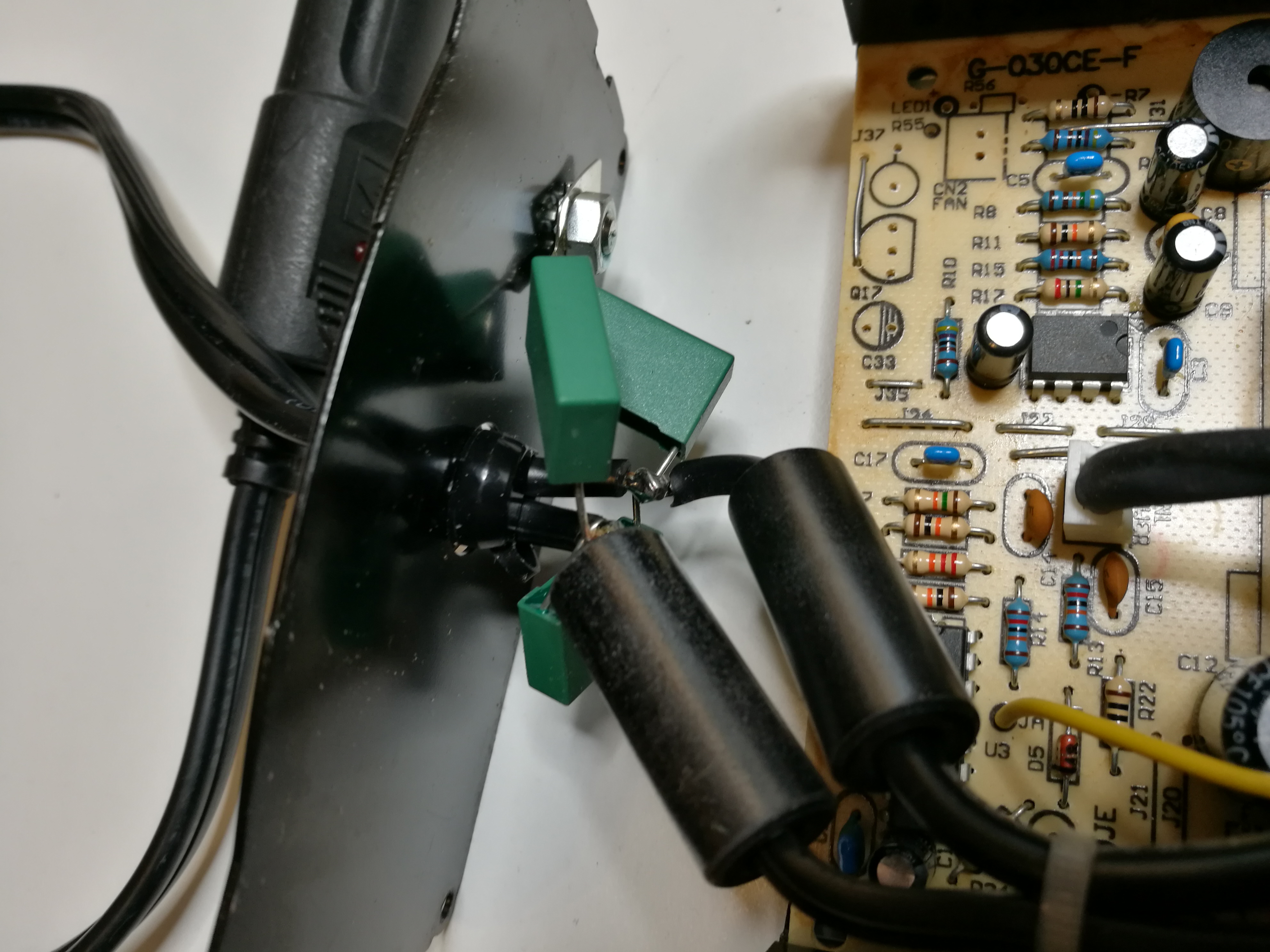
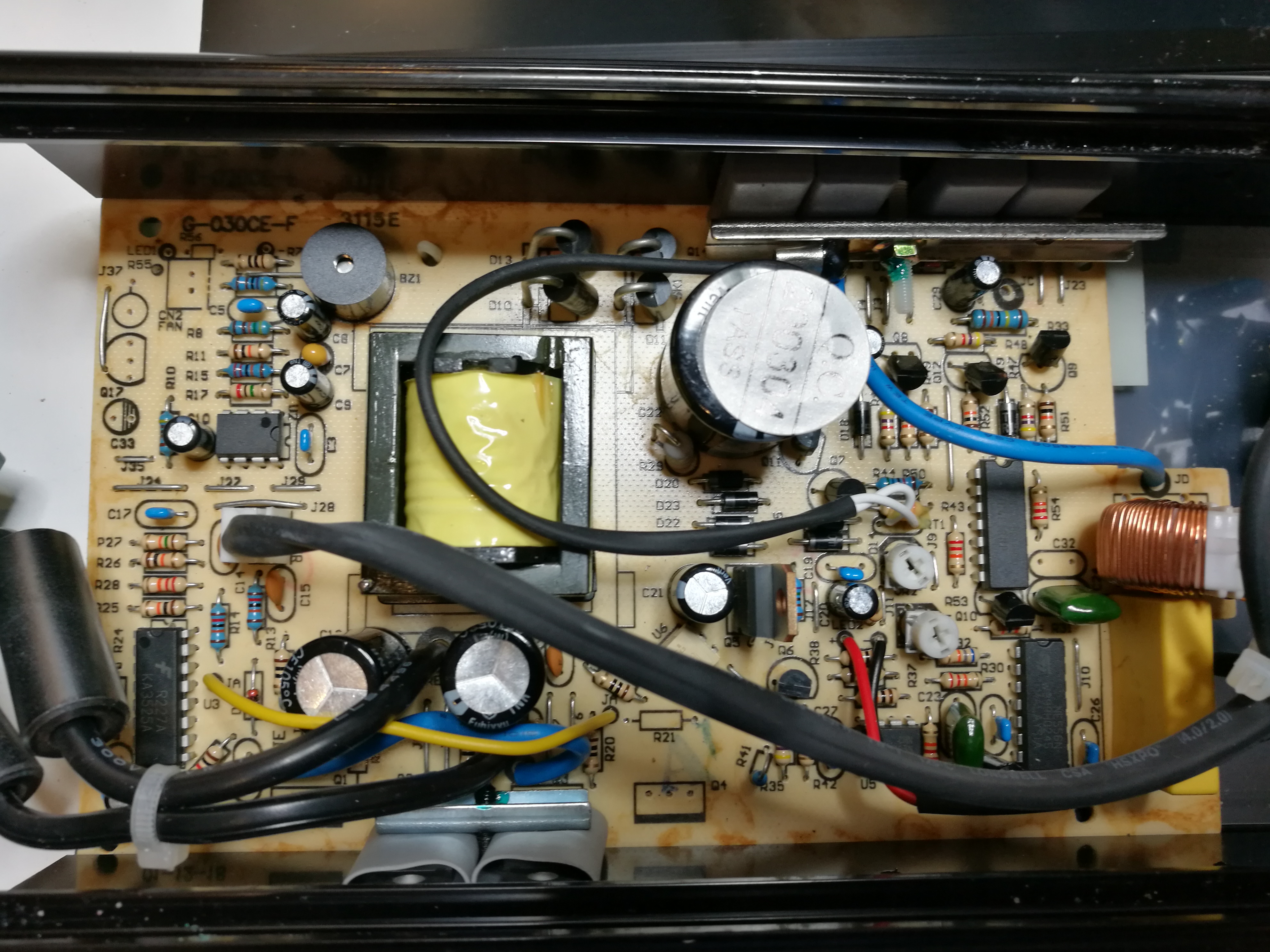
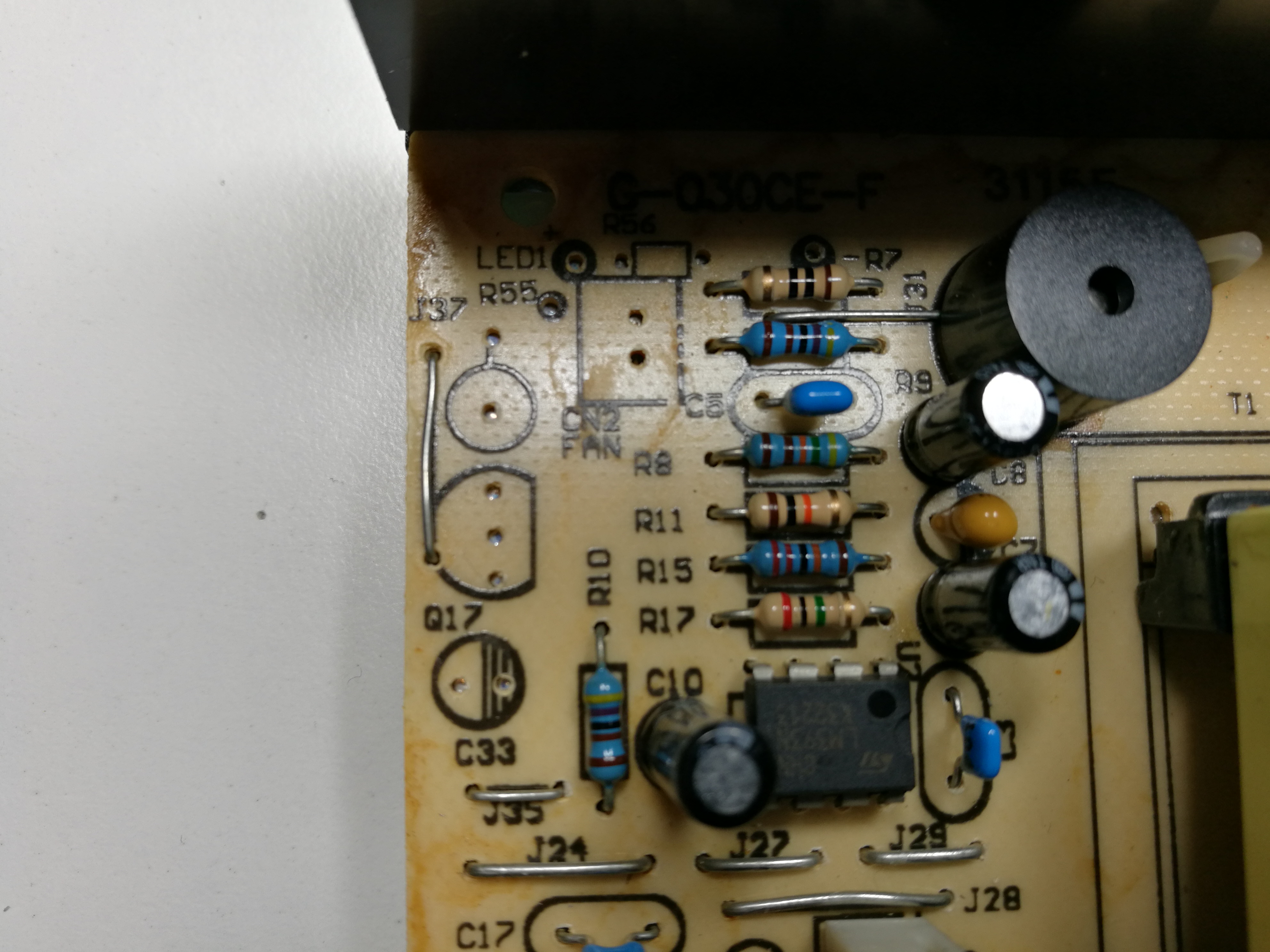
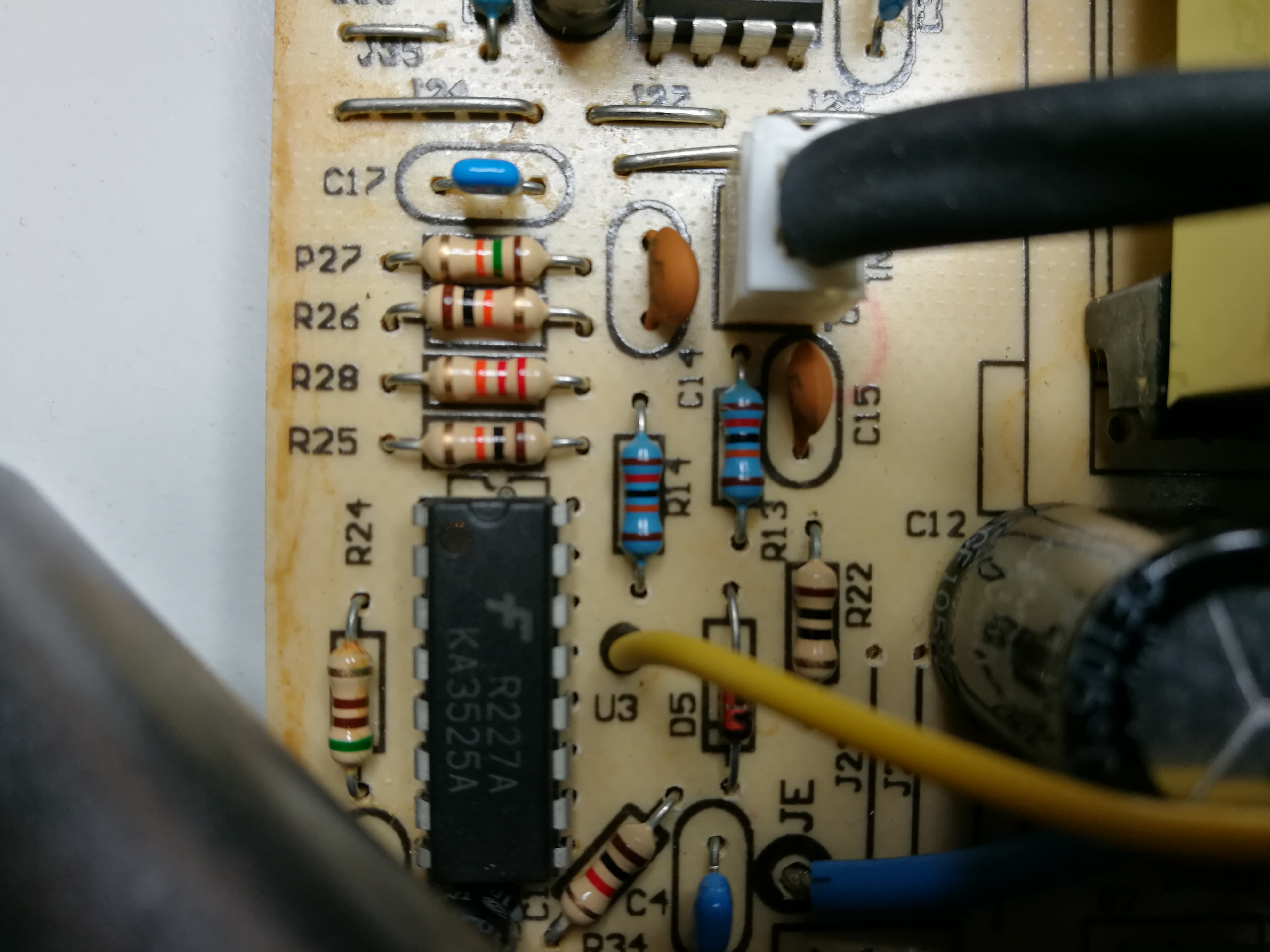
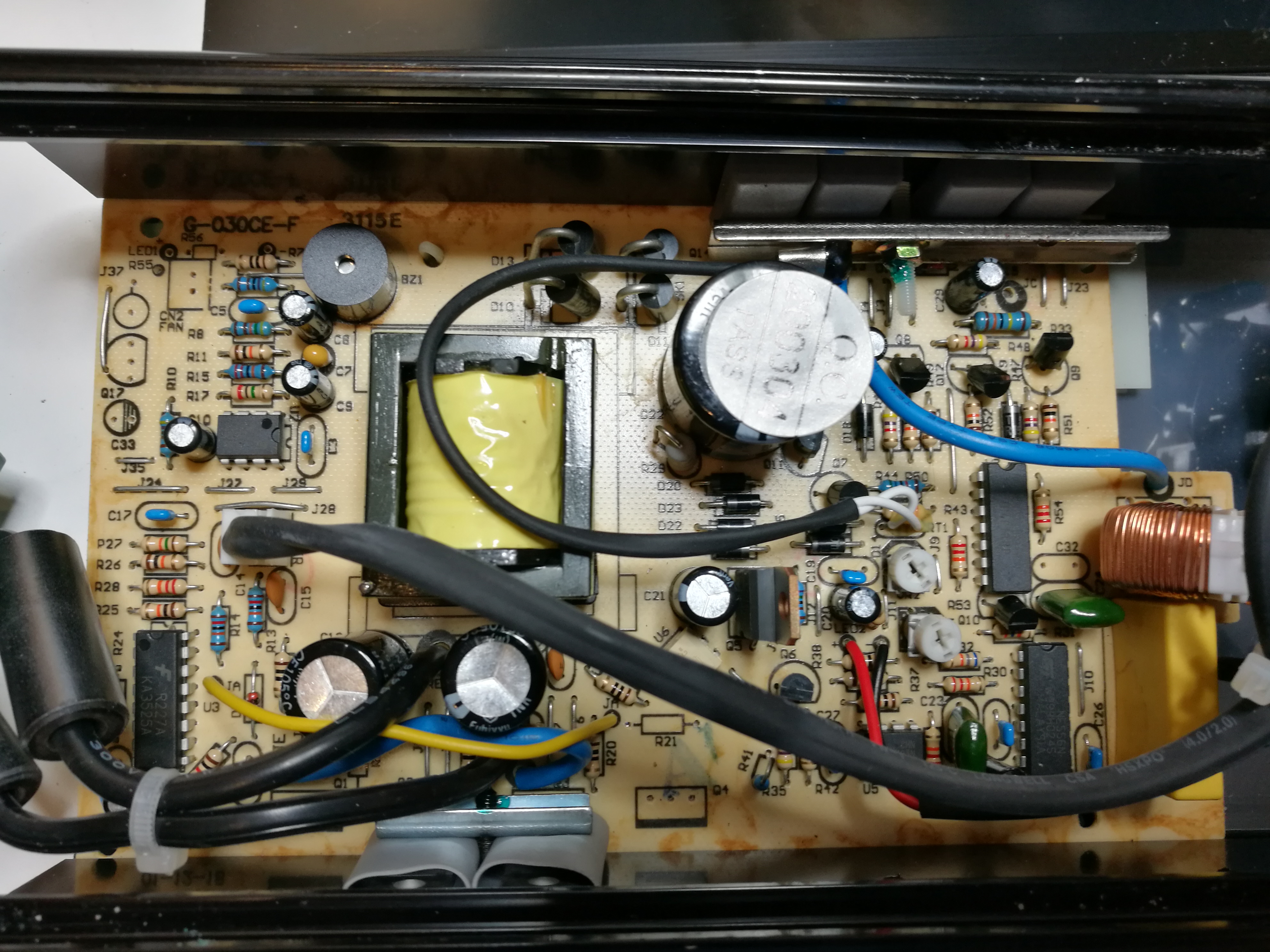
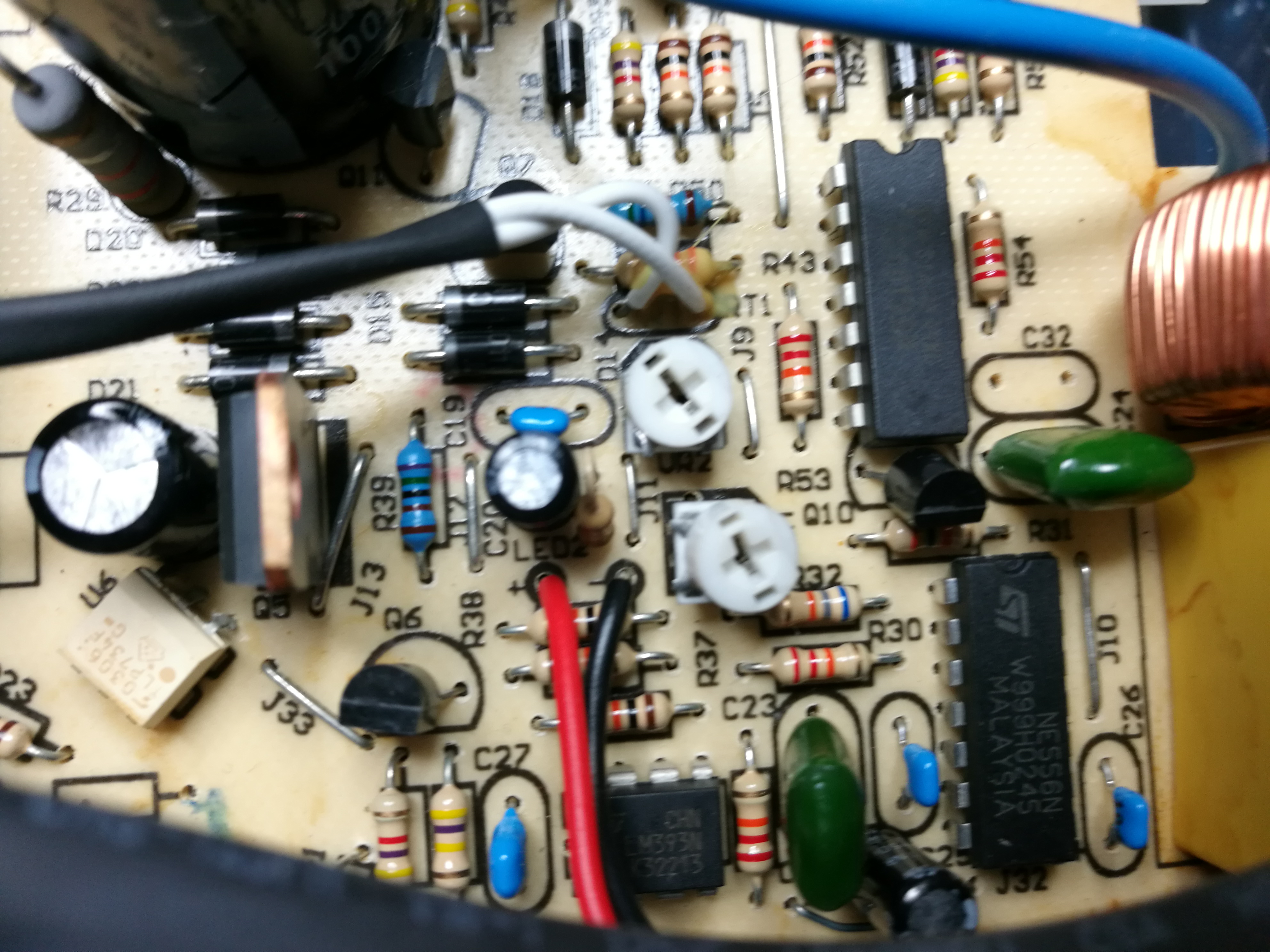
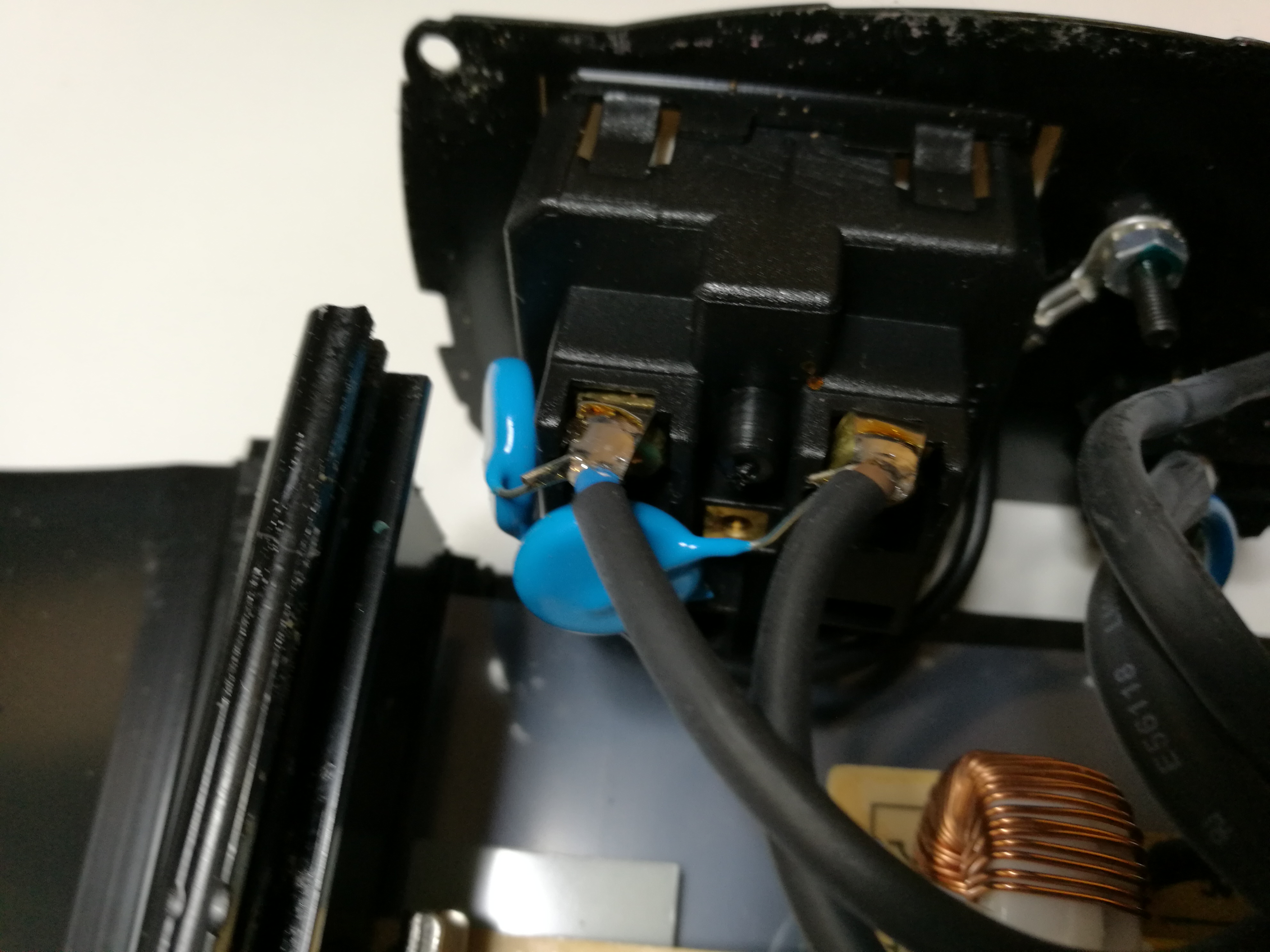
3 Comments
Tomi Engdahl says:
This inverter seems to have floating mains output, that is recommended for in car DC to AC inverters for safety reasons:
“An unearthed or ‘floating’ system is less dangerous if you get caught between the output and physical earth, as there is no large current flow through you to earth as there would be on an earthed system where the inverter ‘neutral’ is bonded to earth. However, you might not realise there is a fault in the system, such as one side of the output does become earthed accidently, unless a second fault occurs and you get shocked. Because you don’t have an earthed system, you won’t have an RCD on the inverter and so there will be no protection, but it does take 2 faults to cause a dangerous situation.”
“system will protect you if you manage to get yourself connected across the output leads of the inverter, ie from active to neutral,”
“Being current limited devices, inverters really don’t need circuit breakers, you can only draw from them their maximum rated current.”
Source: http://www.ata.org.au/forums/topic/1445
Tomi Engdahl says:
UNDERSTANDING & USING DC-AC INVERTERS
http://www.dos4ever.com/battery/inverter.pdf
Inverters & safety
Finally, there are a couple of important safety aspects to bear in mind whenever
youíre using a DC-AC inverter.
Many people assume that because an inverter is operating from a nominal 12V
battery and it canít deliver as much output as a normal mains power outlet, itís
relatively safe. Nothing could be further from the truth.
Even a low power inverter rated at a mere 60 watts has an output which is
potentially fatal, if you should end up connected across it.
Thereís also another kind of safety risk associated with inverters, which arises
from the fact that in many inverters, thereís a direct electrical path between the
mains-voltage output circuit and the low voltage input circuitry (including the
battery leads).
When the inverter is being used to power a single tool or appliance, this internal
current path normally doesnít pose any safety risk because the complete battery-
inverter-appliance system ëfloatsí above earth. However if the tool or appliance
is faulty and develops a short circuit or severe leakage between its mains wiring
and its external metal case or frame (which would normally be earthed, when
itís plugged into a mains power outlet), there is a risk that the battery
connections can become dangerously “live”
Itís for this reason that inverter manufacturers and suppliers generally advise
strongly against connecting an inverter into the permanent wiring of a house,
office or factory
If you want to run a number of appliances from a single high-power inverter,
and have the convenience of permanent wiring and mains-type power outlets,
the safest approach is to have a wiring system and outlets that are kept totally
separate from any wiring that is connected to the AC mains and mains earth. The
outlets driven from the inverter output are also best left
unearthed , and clearly marked as “INVERTER POWER: FLOATING”
This totally separate, floating system not only reduces the risk of accidental
shocks due to faulty appliances, but also helps to remind users so they donít
accidentally plug inappropriate appliances into the inverter outlets.
n any case, always think twice before touching the terminals of a battery that
you know is being used to power tools or appliances via a DC-AC inverter.
Remember that thereís always a risk those battery terminals could deliver you a
much greater shock than youíd ever get from 13.8 volts, if one of those tools or
appliances should develop a fault.
Signature Generator says:
This is the only site from where i read content about Signature Generator. My work has been life saving because of that. I am glad i got to know this way of creating signatures.